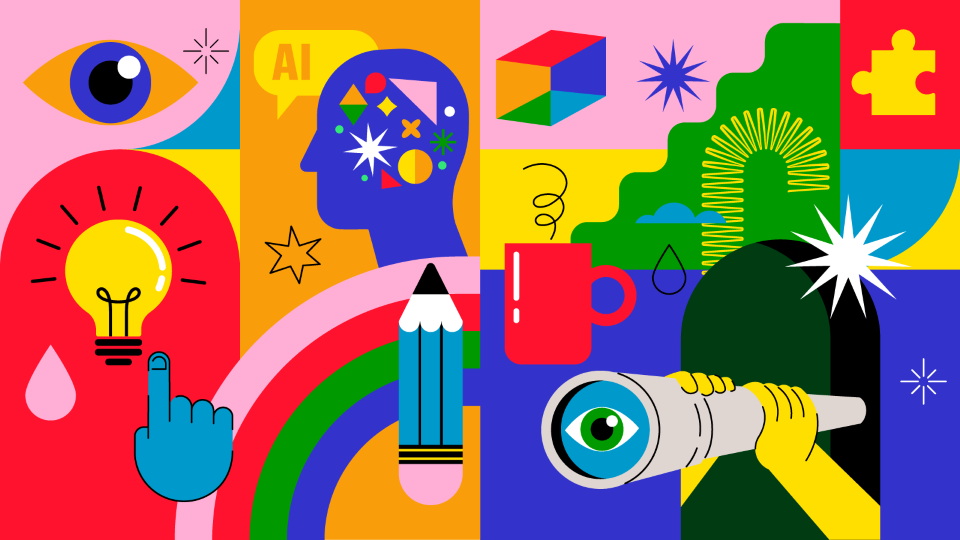Generative AI (artificial intelligence) continues to provoke plenty of very real — and very human — reactions and emotions, particularly in the creative community. Marketers are expected to somehow both continue to embrace this emerging technology while also exercising extreme caution.
What’s the right balance for brands?
Before answering that, marketers first need to address some other tough questions, which we delve into in the just-released 2024 edition of “Generative AI and CGI for brand imagery,” a (free) white paper from Quad Insights that focuses on the visual side of the generative AI equation. Among those questions:
Is generative AI truly serving your brand values?
Consider the extent to which brands everywhere have been touting their "authenticity," and it's not hard to imagine marketers facing a collision course if they rush into deploying tools that are, by definition, faking it. As we note in our white paper, some brands are already restricting the use of AI in their visual marketing assets — and a growing number of brands are touting the absence of AI in their products and services as a selling point.
Are you prepared to deal with potential blowback?
As we outline in our white paper, various brands that have recently deployed AI-inflected campaigns and assets — including Under Armour and Google — have faced criticism for doing so.
“What’s happening in the marketing and creative communities is a real-time reconsideration of the notion of ‘authorship,’” says Erik Spooner, Marketing Creative Director at Quad. “There is going to be a continuing level of anxiety about the exact role of human creatives in the final product when generative AI is brought into the process. After all, flesh-and-blood creatives have egos, pride in their work, a sense of personal vision — and AI has none of those things.”
Are your image-creation strategies clearly aligned with your marketing goals?
For some brands that are exploring the use of AI, a key goal is saving money — it is, after all, an automation tool. But that desired outcome must be balanced with an unwavering commitment to the core brand mission.
“Intentional control of the brand image is what great brands understand,” says Jimmy Richardson, Group VP, Studio & Creative at Quad. “It’s a crapshoot with generative AI — you’re looking for a reduction of costs by having a hit-or-miss scenario in place. What big brands and retailers want is consistency and brand control. Because that’s what they’re built on.”
Is your marketing organization nimble enough to adjust to the ever-evolving regulatory issues surrounding generative AI?
Written policies surrounding the use of generative AI tools within your marketing operation should be reexamined and updated, as necessary, on a regular basis.
“In 2024, one thing creative organizations and marketing departments should be looking at closely is making sure an asset management process is in place that covers clearance and credits, and clearly documents the origin of visual assets that may factor into a generative AI activation now or in the future,” says Richardson.
Where should marketers go from here? In “Generative AI and CGI for brand imagery,” we also examine other CGI (computer-generated imagery) approaches — particularly next-generation 3D scanning — and explore how marketers can blend technologies in a brand-safe way as they produce visual content at scale.
The bottom line: Adopting a hybrid approach can help marketers mitigate risks while future-proofing their creative and production workflows.
Want to learn more? Download the 2024 edition of “Generative AI and CGI for brand imagery” — now including a section titled “6 things marketers need to know about using next-gen 3D scanning technology for brand imagery” — from Quad Insights today.



